| | I hope you haven’t been stomping around your garden during or following all of these wonderful mini-downpours we’ve been having. This is certainly the best way for rain to sink into our depleted soil – little, then more, then little, then a couple of days’ reprieve for all the water in the air-pore spaces to thoroughly moisten the soil particles and then drain down further into the soil profile. But that process takes days, and it’s critical for you to not be walking on the soil, compressing it just with your weight, during that time. This is because your weight presses the water out of the pore spaces, compacting the soil particles together. The problem is that they don’t decompress after you’re done walking there – it’s a permanent compression. As it dries, what’s left is a squished-out solid brick that can no longer absorb any moisture. Even in pathways, this isn’t a good thing because it lessens the available surface area open to any moisture. This is the time I make a point of doing other garden-related activities, like sorting my seeds that I’ll be sowing later, preparing my seed tray supplies, repotting container plants, cleaning and sharpening tools, perusing garden catalogs, or anything else not in the garden. Great time to visit your favorite nurseries to purchase plants you’ll plant later, after they’ve had a week or so to acclimate to your garden’s microclimate. Even bareroot roses you can purchase and submerge the roots into water overnight to get them thoroughly hydrated before planting. Even for my pruning tasks – roses and fruit trees – and certainly planting bareroot roses and fruit trees – I’ll put these off until there’s been no new rain for several days. After all, we really don’t have to do these tasks until mid-February at the latest. That’s usually the time when really active growth starts happening – buds swell, color-up, and begin to open – so consequently is an excellent time to be able to see what’s happening and therefore which choices to make in pruning. Receive a Gift Amaryllis? Amaryllis that's just finished blooming can be grown as an evergreen, indoors or out, through the fall, and encouraged to bloom again next winter. The bloomed-out stalk can be cut off about an inch above where it emerges from the bulb or allowed to dry up naturally -- this allows the plant to reabsorb the energy and store it for the next bloom. Set the plant in a warm, sunny place, water generously, and fertilize regularly through August. Then, let the plant rest a bit, with no fertilizer and only enough moisture to keep the soil barely moist. Be sure to not let the plant dry out at any time, however, or the growth cycle will be upset and perhaps skip or delay the next round of bloom. In September, move the plant to a spot that's sunny but where daytime temperatures are in the 70's and nightime temperatures are above 55. Begin watering and fertilizing -- with a high phosphorus and high-potash food (the last two numbers of the N-P-K trio) -- and watch for buds. You may even have two or three separate bloom stalks. The first year, you may not have any blooms because the plant is readjusting to its new conditions and light schedule. |
|
1 Comment
|
Categories |
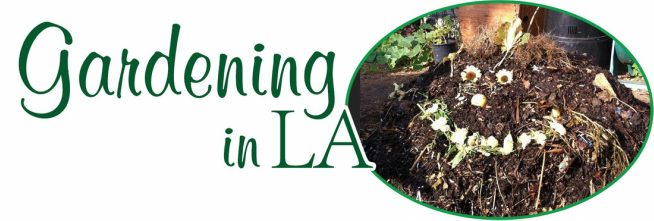
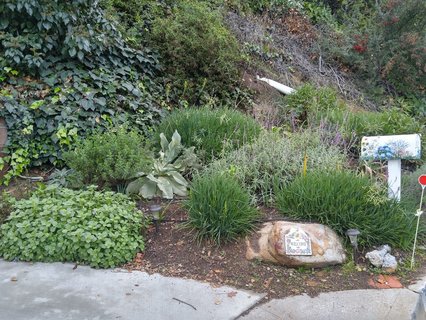
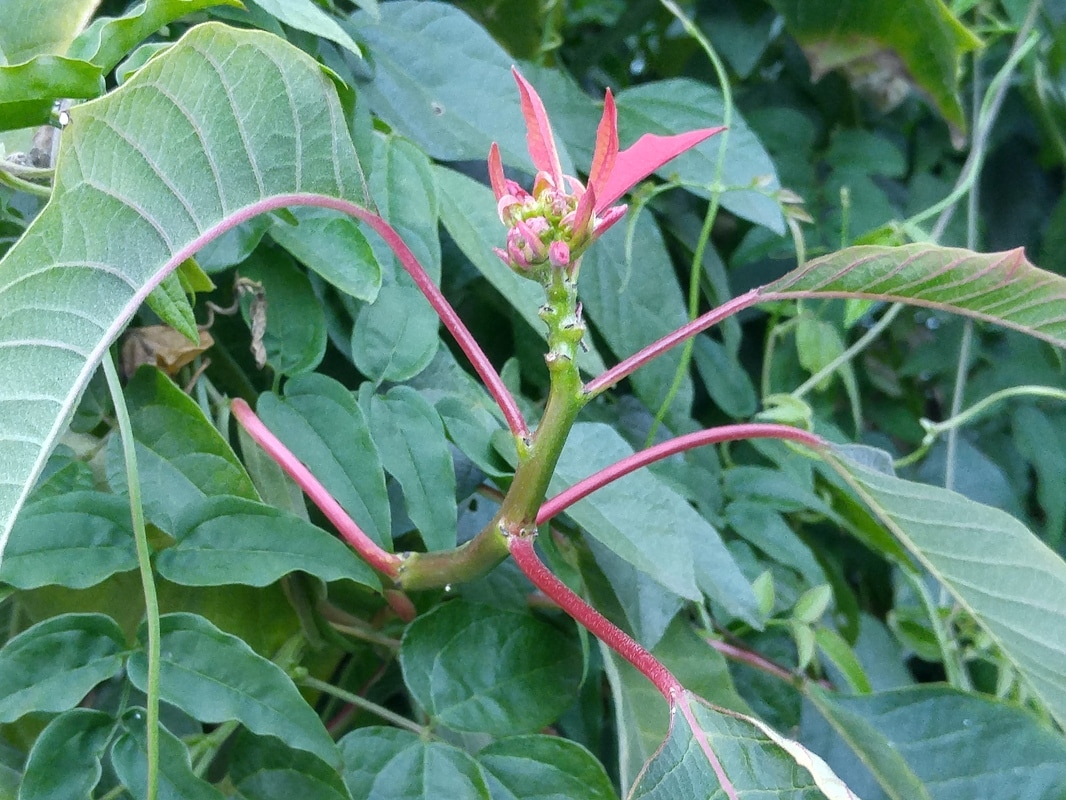
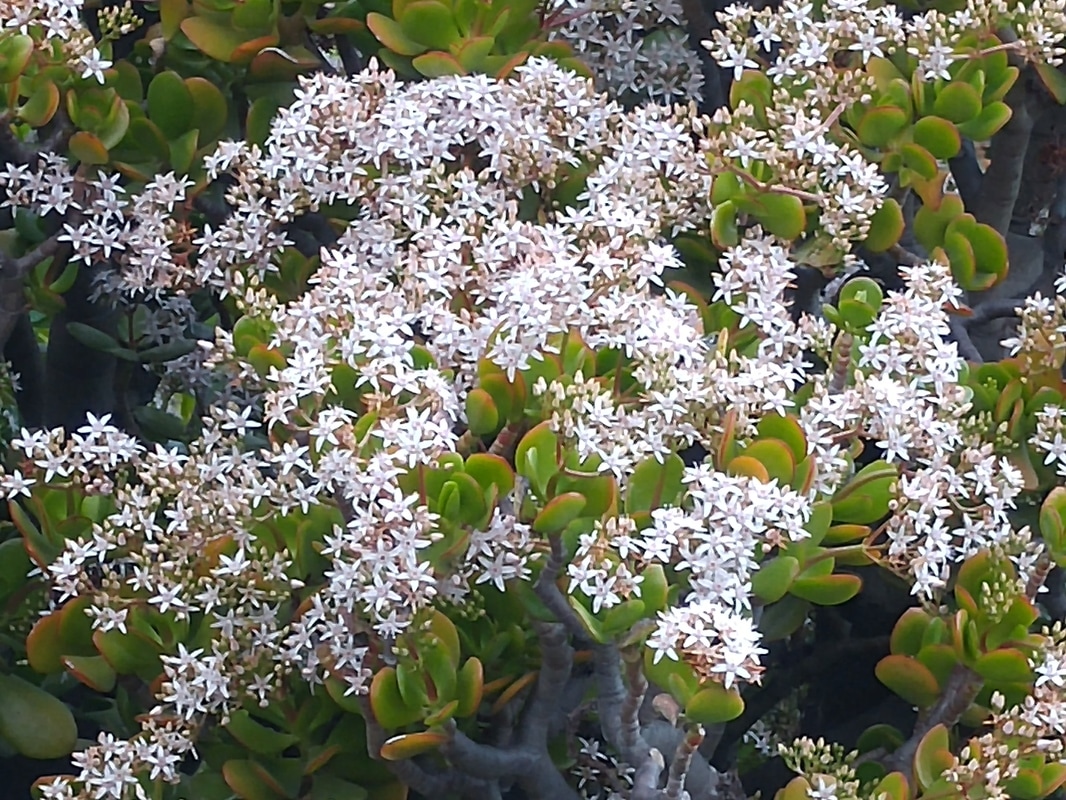
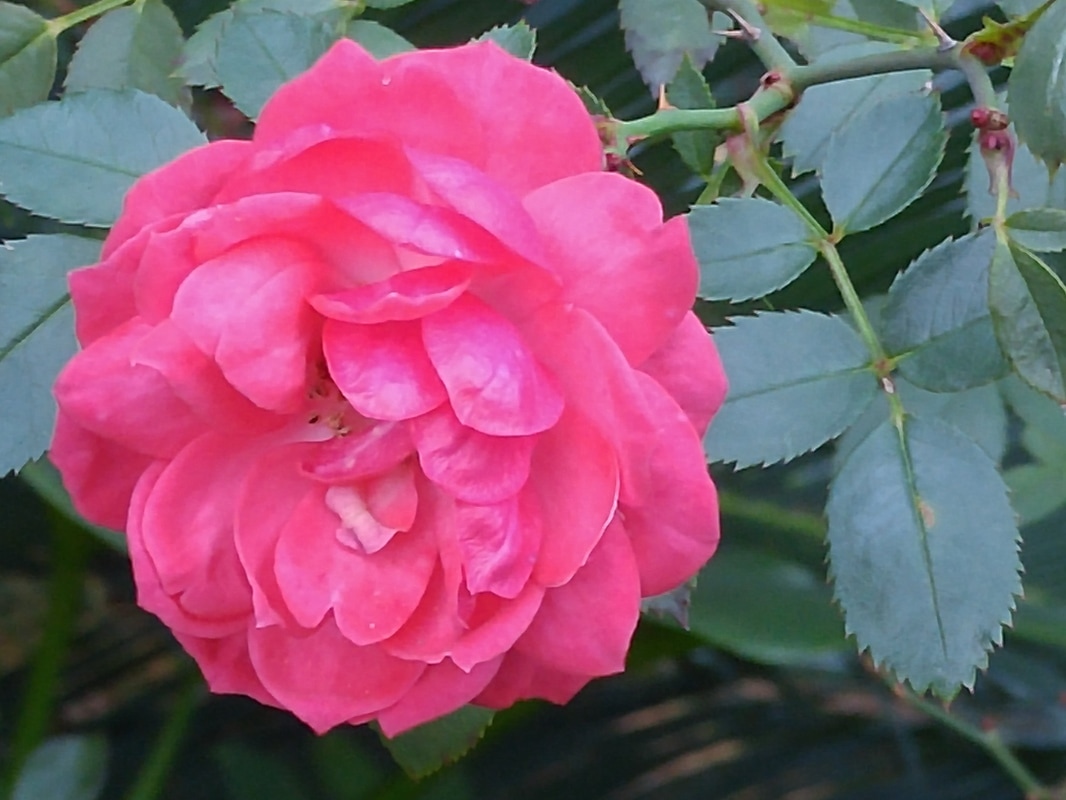
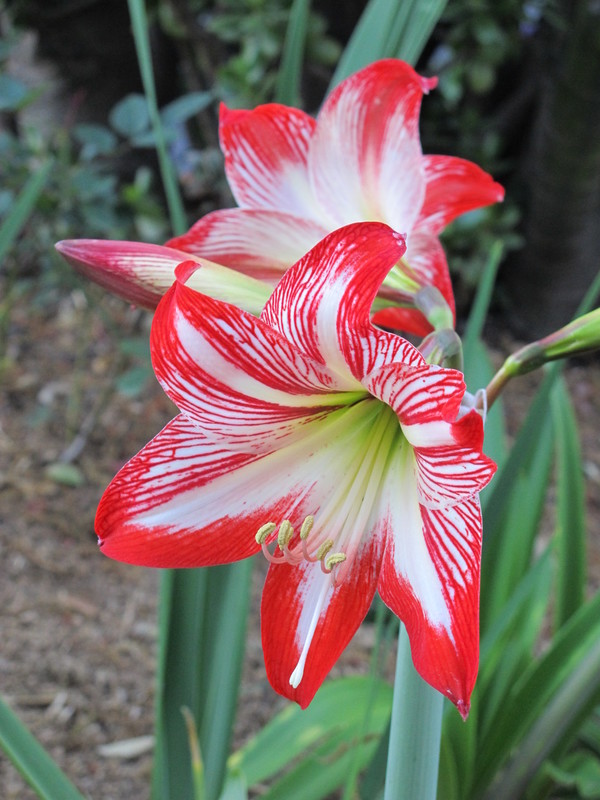
 RSS Feed
RSS Feed